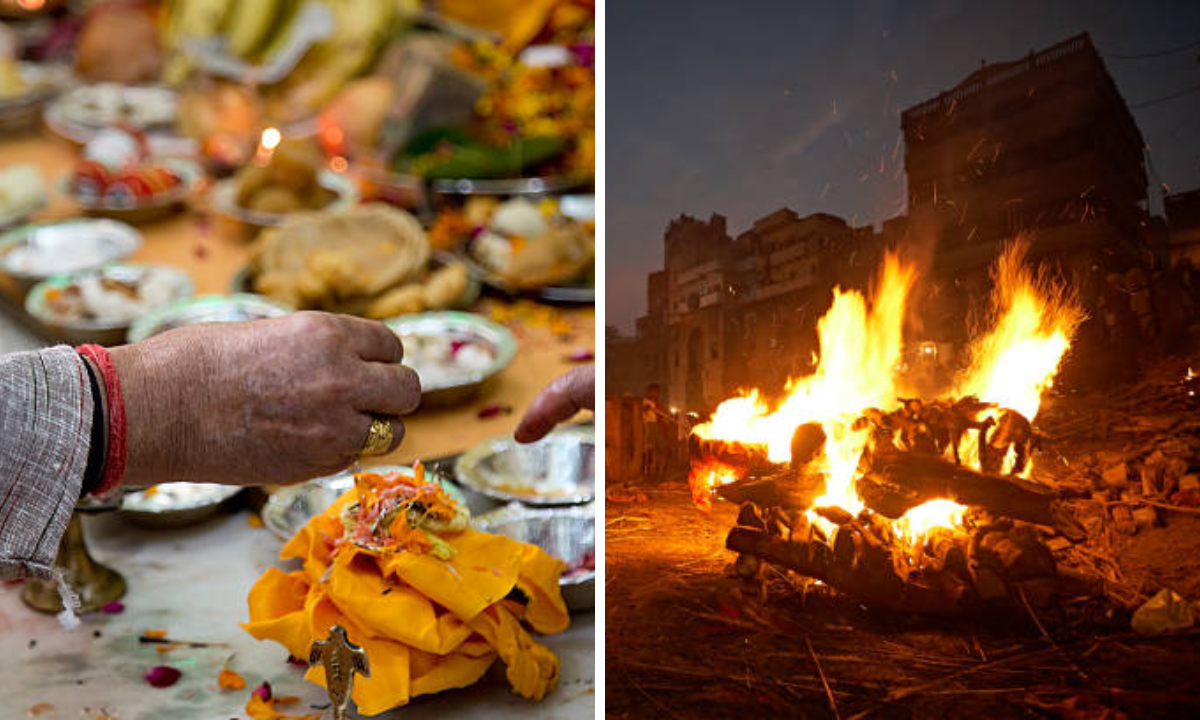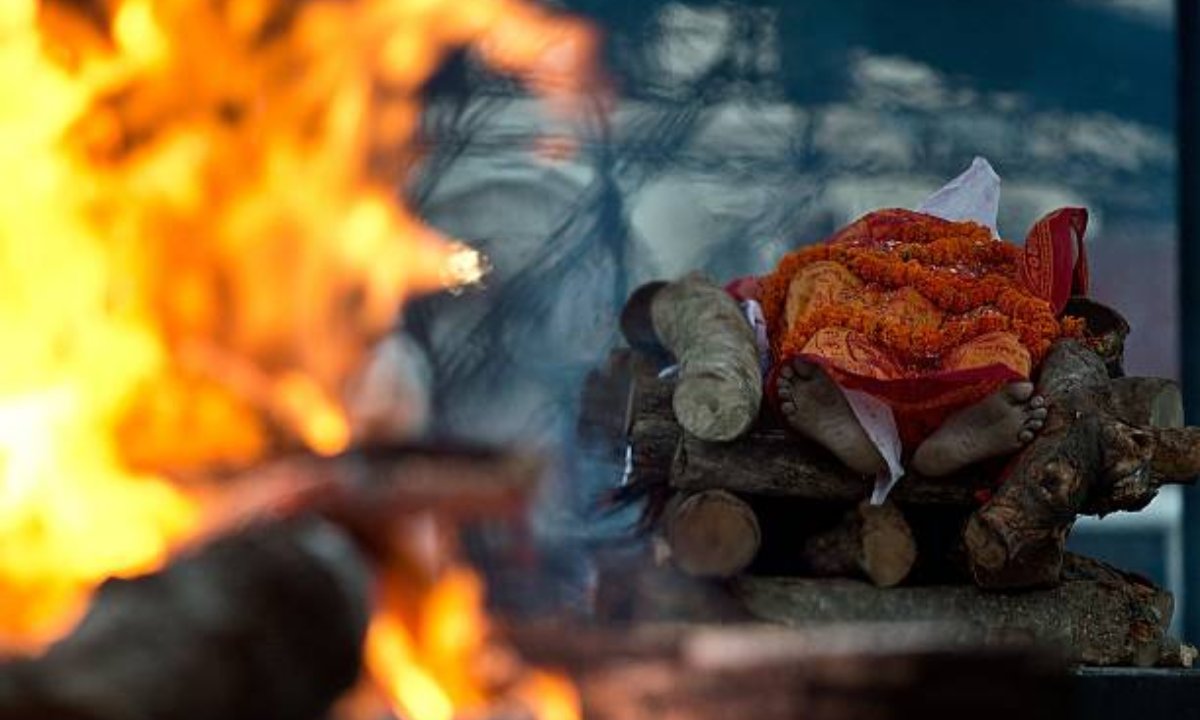The end of life is one of the most significant moments for every human being, and every culture marks it with its special traditions. In Hinduism, the journey after death is believed to be just as important as the journey of life. When someone passes away, family members perform specific “death rituals” with the support of the priest. One of the most important places where these rituals take place is the “Hindu Cremation Ground.”
The priest is a central figure at such moments, guiding families through the ancient customs and making sure that the soul of the departed finds peace. In this article, we will explore in simple words what a priest does at a Hindu cremation ground, why their role matters, and how cremation sites, such as the famous “Kallahalli crematorium” and other “cremation services in Bangalore,” help grieving families perform the correct “cremation ritual.”
What is a Hindu Cremation Ground?

A Hindu Cremation Ground is a special area where Hindus bring their loved ones who have passed away to perform the final rites. Such holy places are typically open surroundings with natural surroundings or trees, and peaceful vibrations. People in Indian cities that employ modern crematoriums, such as the “Kallahalli crematorium,” can choose from traditional mourning methods and innovative farewell practices.
Such grounds transcend their physical dimensions. They hold deep spiritual meaning. Holy sites serve as spiritual paths that enable departed souls to say farewell to their present state while starting their path toward spiritual growth.
The Priest: Guide, Helper, and Bridge
Priest at a Hindu Cremation Ground plays a very important role in the “cremation ritual.” The priest assists families through their religious ceremonies to perform essential chants along with specified prayers and customs. A priest manages the ceremonial procession to provide support and guidance because relatives often become lost between ritual actions.
Some Common Duties of the Priest:
- Preparation: Before taking the dead body to the cremation ground, the priest teaches the family members to perform essential tasks such as cleansing and dressing the deceased in clean clothes.
- Prayer and chanting: The priest performs sacred chants known as mantras, which he believes guide the departed spirit toward peace.
- Explaining the Rituals: The Priest gives instructions about fire ignition times and flower placement, as well as sacred water pouring methods, to family members.
- Final Blessings: The priest conducts a prayer in front of the burning funeral pyre to seek blessings from the gods for the deceased soul’s transition.
Why Are Death Rituals Important in Hinduism?
Death rituals in Hinduism are performed not only to honour the person who has died but also to help their soul achieve moksha—liberation from the cycle of rebirth. Hindu ritual practices play a crucial role because the soul can repeatedly become trapped between dimensions or remain restless when rituals are performed improperly.
The priest carefully completes all rituals because any slight error may produce anxiety for the mourning family. Through scriptures combined with time-tested customs, the priest serves as a link connecting humanity with the realm beyond.
Step-by-Step: The Cremation Ritual
Though customs can differ by region, the core steps of a cremation ritual at a Hindu Cremation Ground often include:
1. Arrival and Preparation:
A priest leads the deceased person to the cremation ground through the process of body transportation, which is typically handled by the eldest son or other nearest male relative.
2. Purification Rites:
Through guidance from the Hindu priest, the family performs purification rites with Ganges river water and possibly uses cow dung.
3. Offering Prayers:
The family performs significant prayers that both honour the deceased and obtain blessings for their departed soul.
4. Setting the Pyre:
People place the dead body either on a traditional wooden platform or inside a contemporary electric chamber at facilities like Kallahalli crematorium. A priest leads prayers while family members present rice, flowers, and sandalwood to the deceased.
5. Lighting the Pyre:
The chief mourner performs the burning of the pyre upon receiving the priest’s directives.
6. The Final Prayers:
Before the pyre’s burning, the priest concludes prayers which supporters believe facilitate the spiritual liberation of the soul.
7. Ash Collection:
When complete cremation is finished, the ashes are collected and distributed across a holy river by a priest who supervises the process.
Kallahalli Crematorium & Funeral Services in Bangalore
A blend of traditional and modern funeral services exists together in Bangalore as a metropolitan city in the present day. The “Kallahalli crematorium” is one of the best-known places offering respectful and well-organised cremation services in Bangalore.” In such places, priests ensures all old customs are respected, even when combined with new technologies (like electric cremation).
Families in busy cities often rely on organised “cremation services in Bangalore” that provide not just the physical space for cremation, but also arrange a priest and all materials required for the “cremation ritual.” This gives peace of mind to relatives who can focus on grieving and remembering their loved ones.
The Emotional and Spiritual Support of the Priest
A priest’s most powerful consolation arises from emotional counselling. Throughout the traditional “death rituals,” priests assist grieving families to find meaningful ways of expressing sorrow and prayers, and accepting death. Priests dedicate their time to listening to people while providing comfort and addressing their inquiries about life’s meanings and mortality.
Priests comfort hearts with their words to reconnect people with birth-death cycles and their eternal soul journey. Devoid of tension, the compassionate priests give mourners emotional support at the Hindu Cremation Ground.
Challenges Priests Face at Cremation Grounds
The work of serving at cremation grounds requires exceptional skills. The presence of priests leads to witnessing intense emotions, while their duties require attendance during the heaviest and most sad stages. Multiple families gather simultaneously at Kallahalli crematorium, creating a situation where each requires both assistance and guidance.
Modernisation also brings challenges; The meeting of traditional practices with modern technology creates new challenges for priests in their profession. Organised “cremation services in Bangalore” sometimes expect priests to work quickly, but true rituals take time, mind, and heart. Good priests balance traditional depth with the needs of urban families.
Conclusion: Why the Priest Matters
At any Hindu Cremation Ground, the role of the priest is both ancient and deeply compassionate. They are not just ritual leaders, but also spiritual guides, helpers, and comforters for those left behind. Whether it’s a traditional riverbank or a modern place like the Kallahalli crematorium, the presence of a wise priest makes sure the “cremation ritual” is meaningful and complete.
Hindu religious practitioners maintain traditional cultural services through funeral services in Bangalore and cremation services in Bangalore to assist contemporary Indians in death rites and spirituality.
Beleiv helps families with their entire cremation process while offering professional care and respect to deceased persons.




